I have tried and tested dozens of skis with the years.
I’ve been sponsored by Black Diamond the past 13 years, but I’ve still tried a lot of other brands.
In this article I want to talk about what you should look for/ avoid in your quest for the right telemark ski, whatever the brand.
In the last 5 years, more and more skis have early rise tips like shown. These tips can be great on big powder skis but don’t translate well to piste, all around skis.
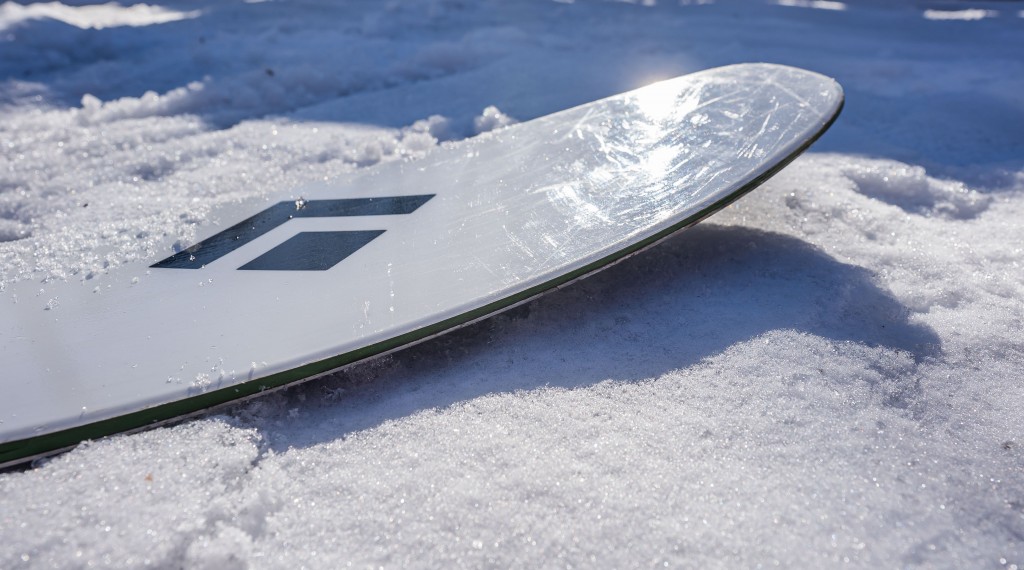
I think the design is popular on alpine setup because it reduces ski vibration that they call chatter.
For us telemark skiers, the back ski gets a lot of pressure transferred to the tip when we flex in a telemark turn. From this, if the tip curvature is not big enough, like we see on all-around skis (95mm and less), I have found a lot of tip dive.
Telemark modern ski guide
Here are the ski categories I like and the use I make of it.
All Around skis (80mm to 95mm) For inbound, usually ski patrolling
I will look for:
- 90mm underfoot
- 15m-16m radius
- reduced rocker
- traditional tip shape
- underfoot camber
- Don’t take them short even if you want to play in the trees
Weight is often not important. I will mount these skis with a full frame binding like the BMF from Bishop or the Outlaw X from 22Designs.
I use these skis to rail turns on groomers, ski trees, bumps, all inbounds, with some quick outbound laps.
It’s been a couple of years I have skied a perfect ski in this category.
In the last two years, I’ve tried the Salomon QST 90, the Nordica EnRgy 90, the Nordica Enforcer, Atomic Backland 95, Black Diamond Helio 95, Black Diamond Route 88, Bishop Gonzo.
My favourites were the Salomon QST and the Bishop Gonzo.
My all-time favourites were the Black Diamond Warrant (2013) and the Black Diamond Aspect (2012). See the Philosophy section to learn why
Backcountry Telemark, Touring skis (100mm to 120mm)
I will look for:
- 110-115mm underfoot
- lots of rocker (350mm+) soft shovel. I don’t mind the early rise tips for big powder skis.
- some camber underfoot, avoid full rockered ski (banana shaped ski are not the best for telemark)
- tail: not a lot of rocker and stiffer . If you lose balance and end up in the back seat, it will be harder to bring back.
- radius is absolutely not important but it is usually around 18m- 22m
- Weight is definitely important and I will aim for around 3 kg per pair.
- Don’t hesitate to go longer than you are used to. 5 to 10cm longer is my general reference. The big rocker will still make the skis quick. In the end, it’s all about the float you need in the deep days.
My favourite all-time in this category are the new BD Helio 115. The old version called the 116 was already my favourites but the new 2020 version is just a notch better in variable snow conditions, the Achilles heel of big light skis.
Philosophy of modern skis, and the telemark turn
These are just the guide lines I found in the last years.
On piste All-Mountain experience.
We see more and more telemark skiers on piste with wide skis. I’m one of them.
Going back to old set up last year, I realized that we are going too wide.
Reducing the ski width for inbound skiing has enabled me to ski with ease, in moguls, carving, even in powder. Yes, I went slower in some conditions but in general, it was the opposite, I could go a lot faster, especially on hard pack and in moguls.
I fell in love with a pair of Salomon Slalom ski, with 67mm underfoot and 13m radius for carving. I had the best feeling in years on piste with these. Of course they didn’t allow for variable terrain shred, so this is not the solution for an all-around ski. Still, I found feelings I had forgotten, carving each turn like crazy.
I will be looking for a true all mountain, good for the condition we get in the East. Carving, moguls, trees. The Icelantic Sabre 89 would be a ski I’d like to try.
Touring Experience
I tried 2 versions of BD Helio 105. These skis are great. They are good in all conditions, jack of all trade, quiver ski for snowy condition. But I really like the wider skis. 115 is so much more fun.
I will still try some 105 skis in the next few years because I can, but if I had one backcountry ski to get, I would go 110-115mm underfoot, light skis.
Some exceptions.
Ski shapes and intended use vary so much. There is one for everyone.
I ski manly East of North America with one occasional trip out West for the big mountains.
If I was out West year round, I would have a 100-105mm ski for inbound and the same 110-115mm for off piste
Also, I have a Bishop Chedi I really like. this ski doesn’t fit in any of the categories I explained above.
- It’s not light,
- It’s not wide
- It’s a 100mm ski, full camber,
- with a long radius.
In short, it’s a boring ski.
But it just works. A bit like the BD Warrant I mentioned above. Those kinds of skis seem to work really well for telemark. (Or at least, my style of telemark)
Last word about lenght.
Skis lateral stiffness has increased in the last few years and people are tempted to try shorter, wider skis. For me, this has never produced positive results.
For reference here are my skis lengths. I’m 6’01” / 200 lbs or 185cm / 90 kg. The ski lenght will vary depending on the ski category
slalom racing carving skis: 163cm
GS racing carving skis: 170cm
All mountain skis: 178 to 180cm
Powder, touring skis: 184 to 188 cm

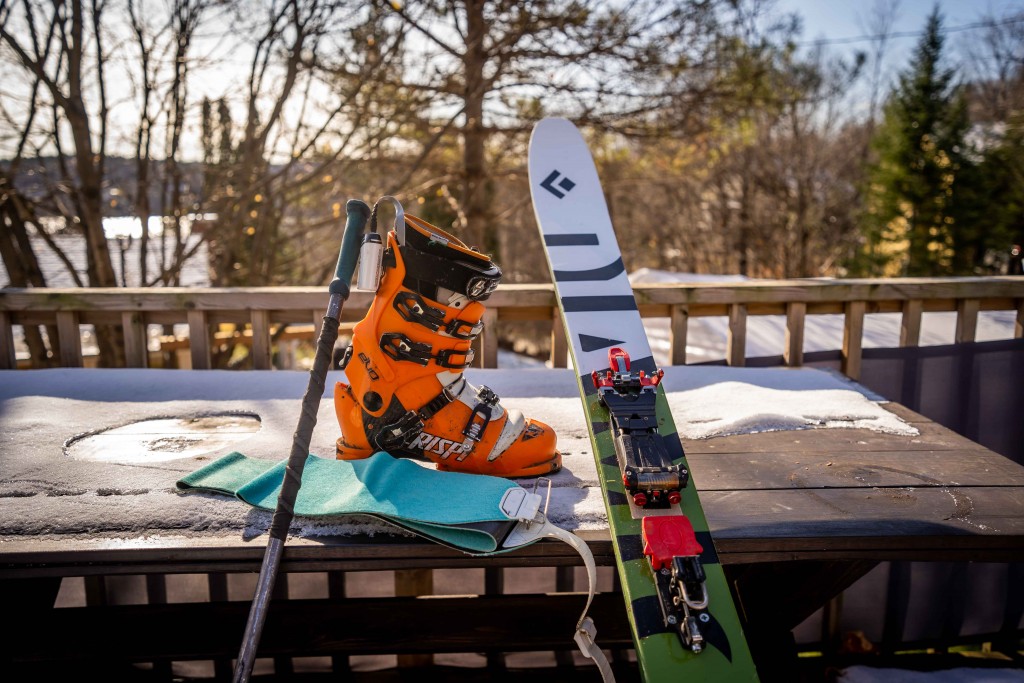
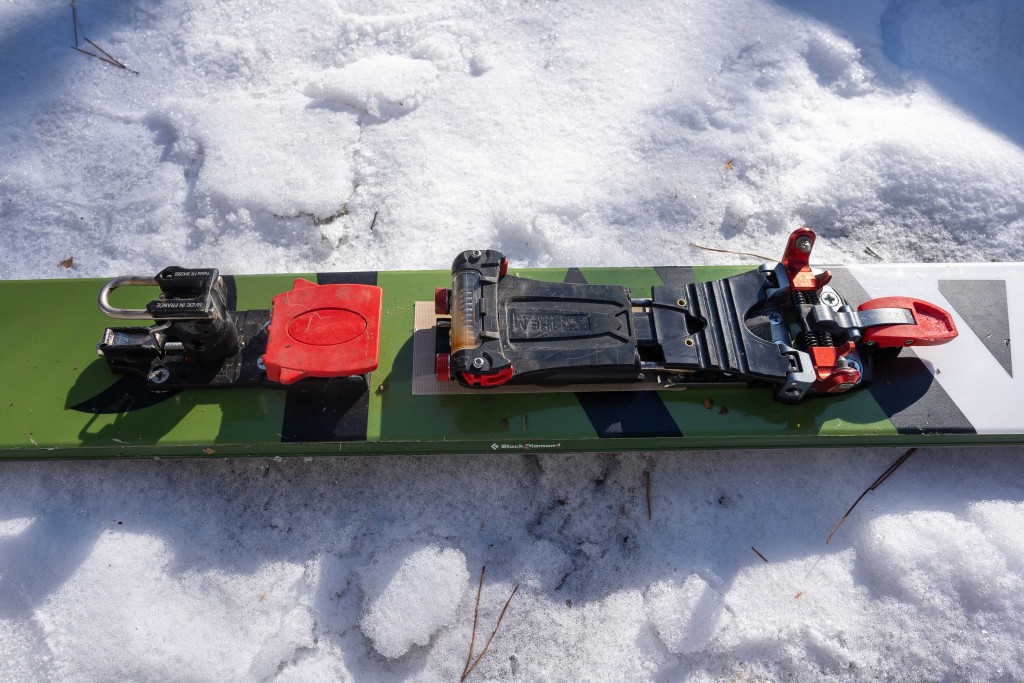
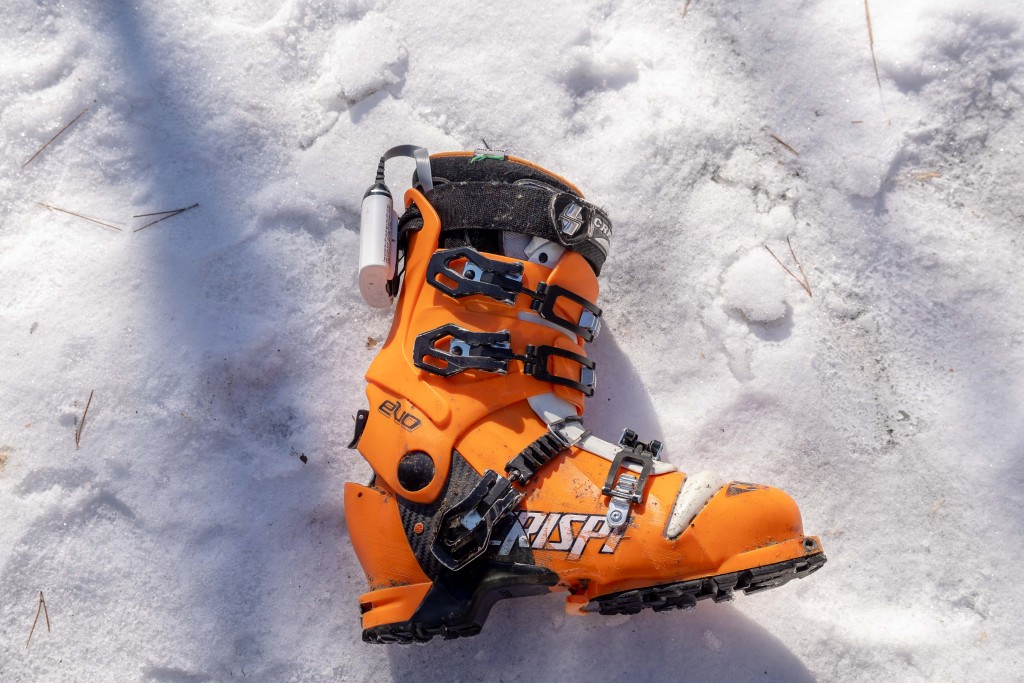

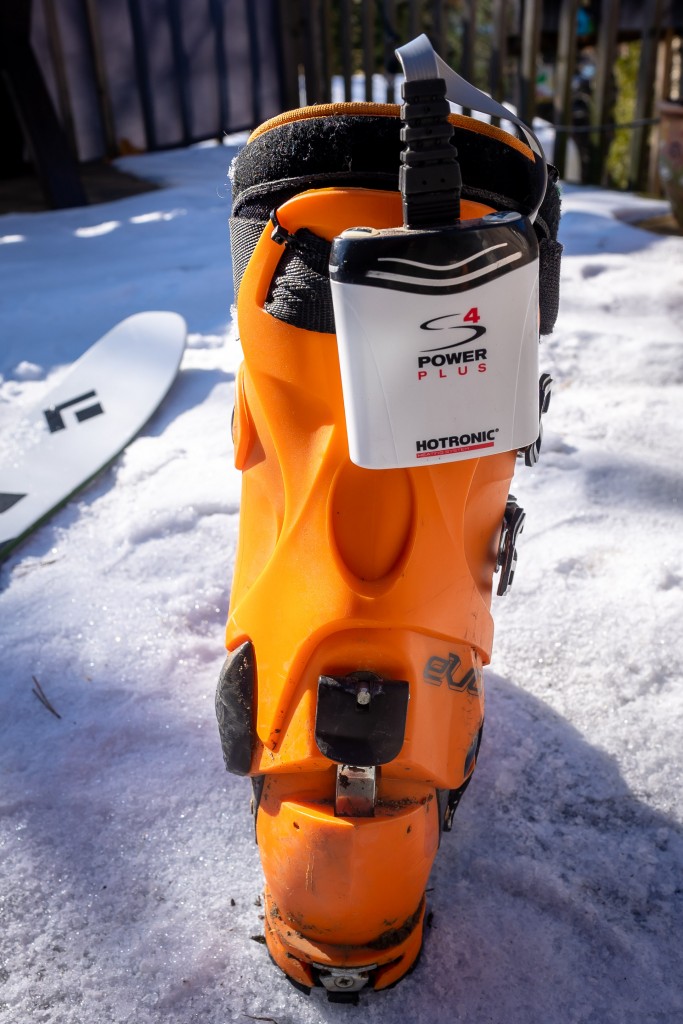
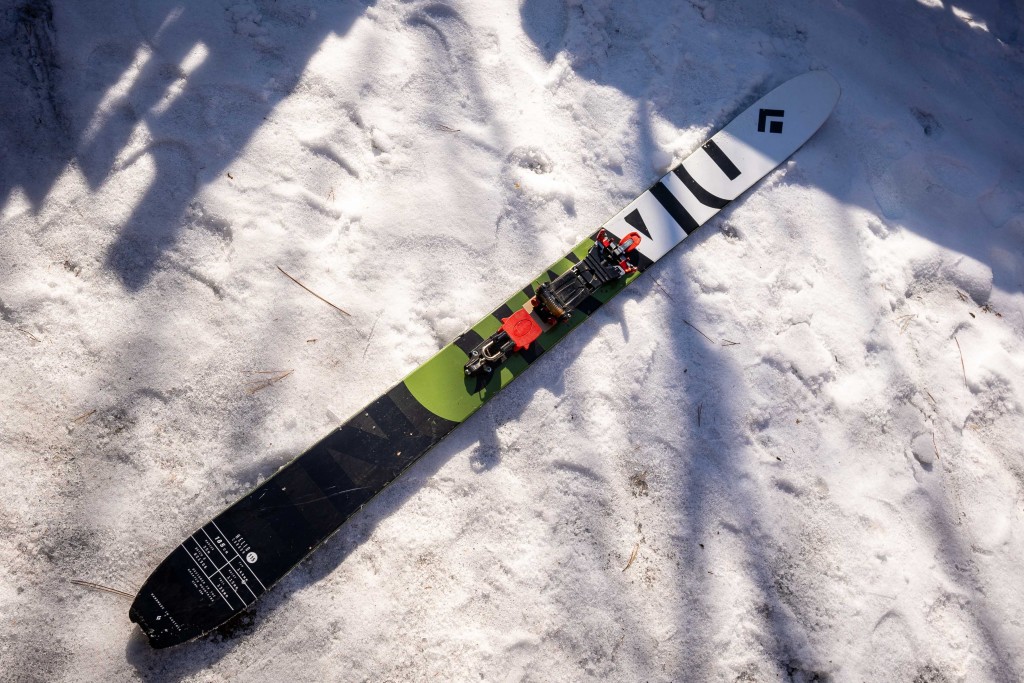
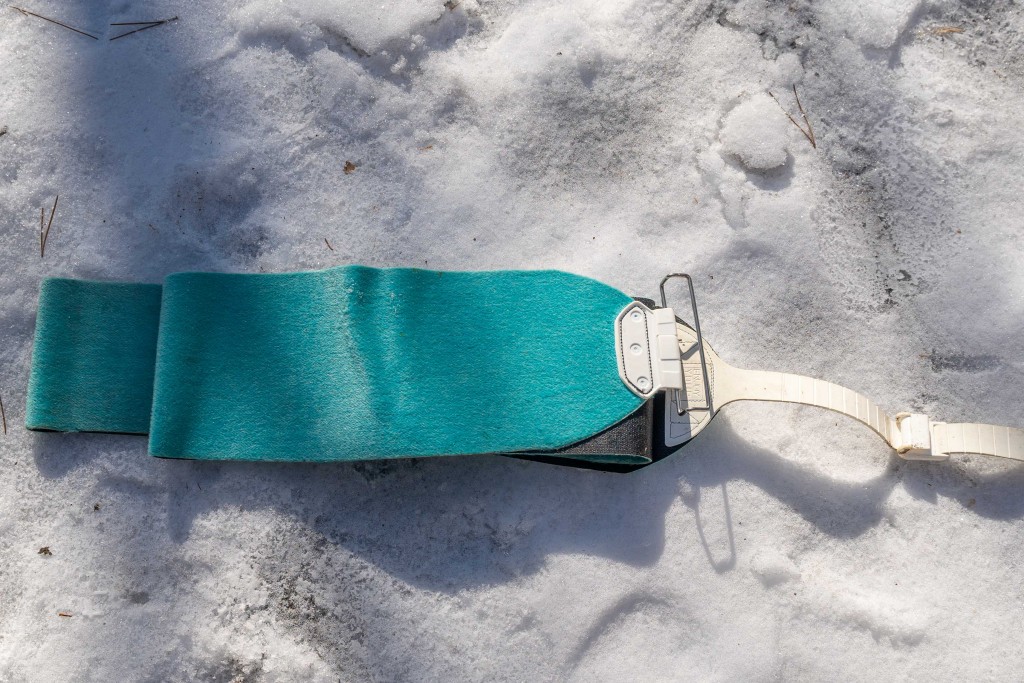

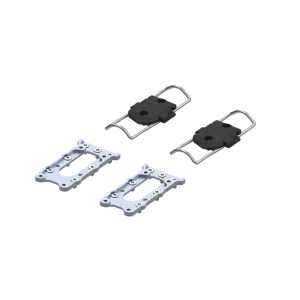
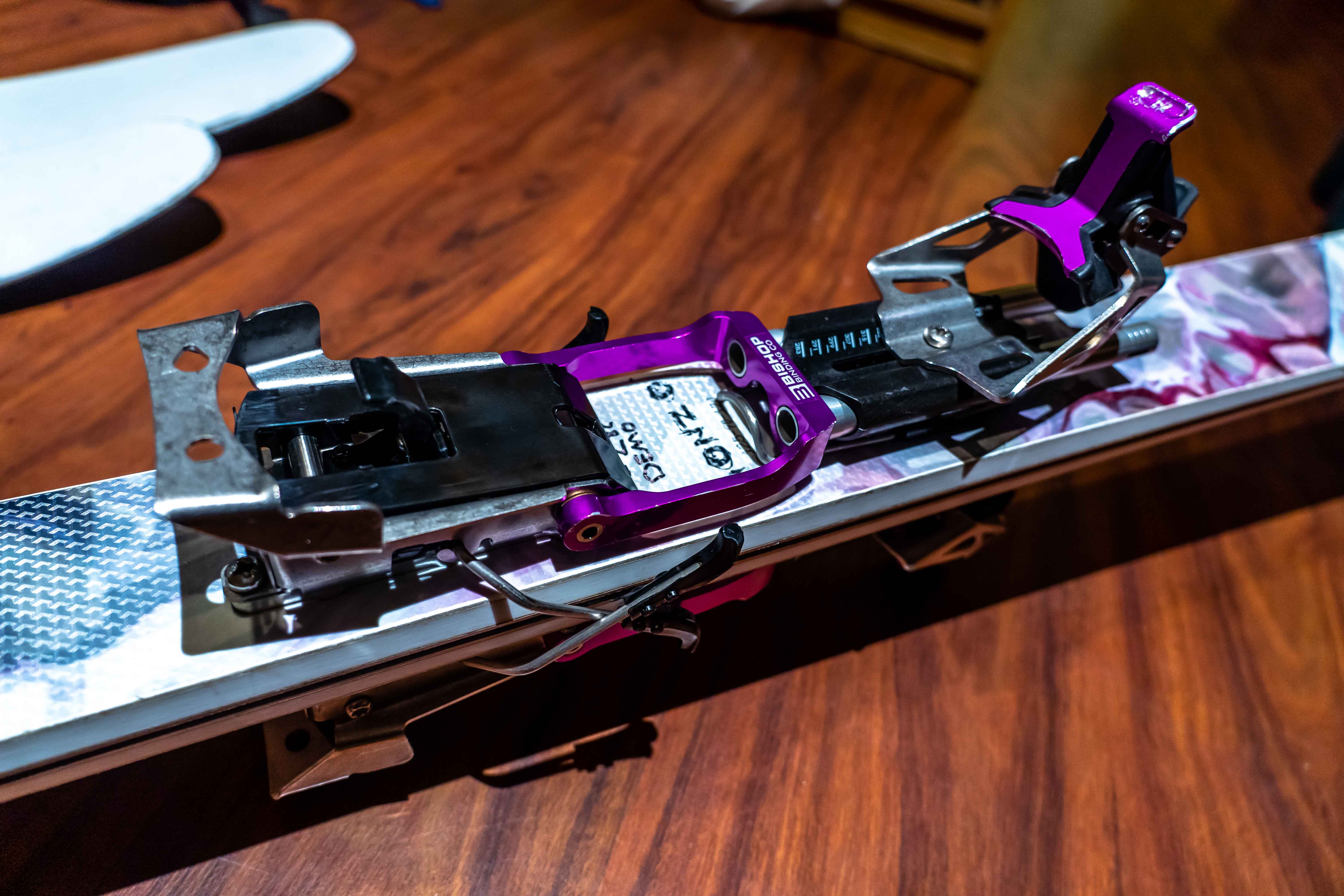
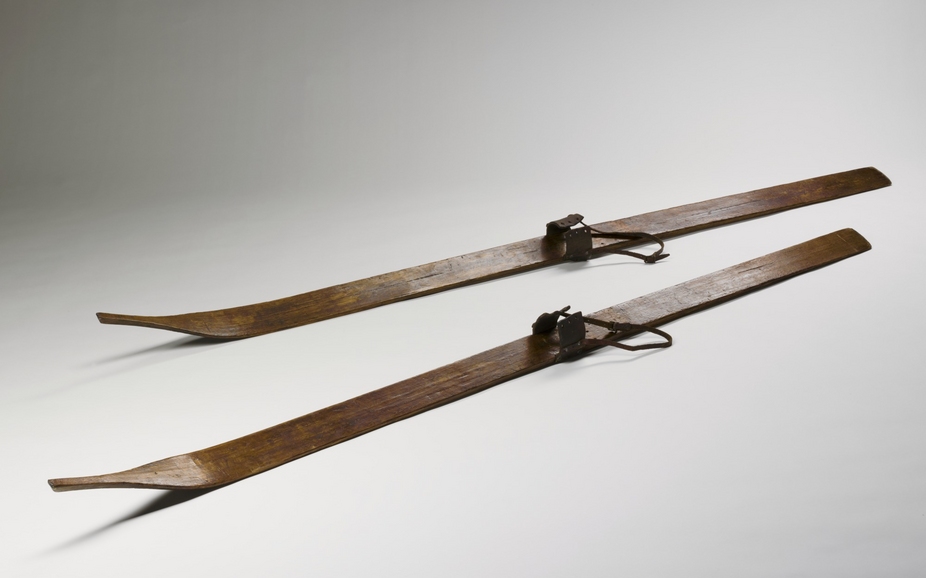
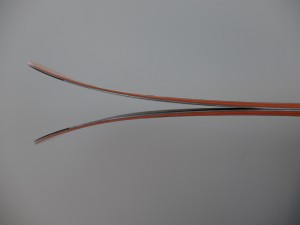
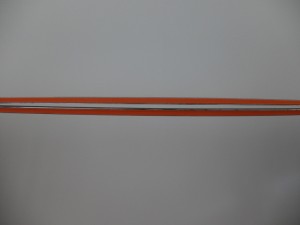 Don’t worry about rocket too much.
Don’t worry about rocket too much.
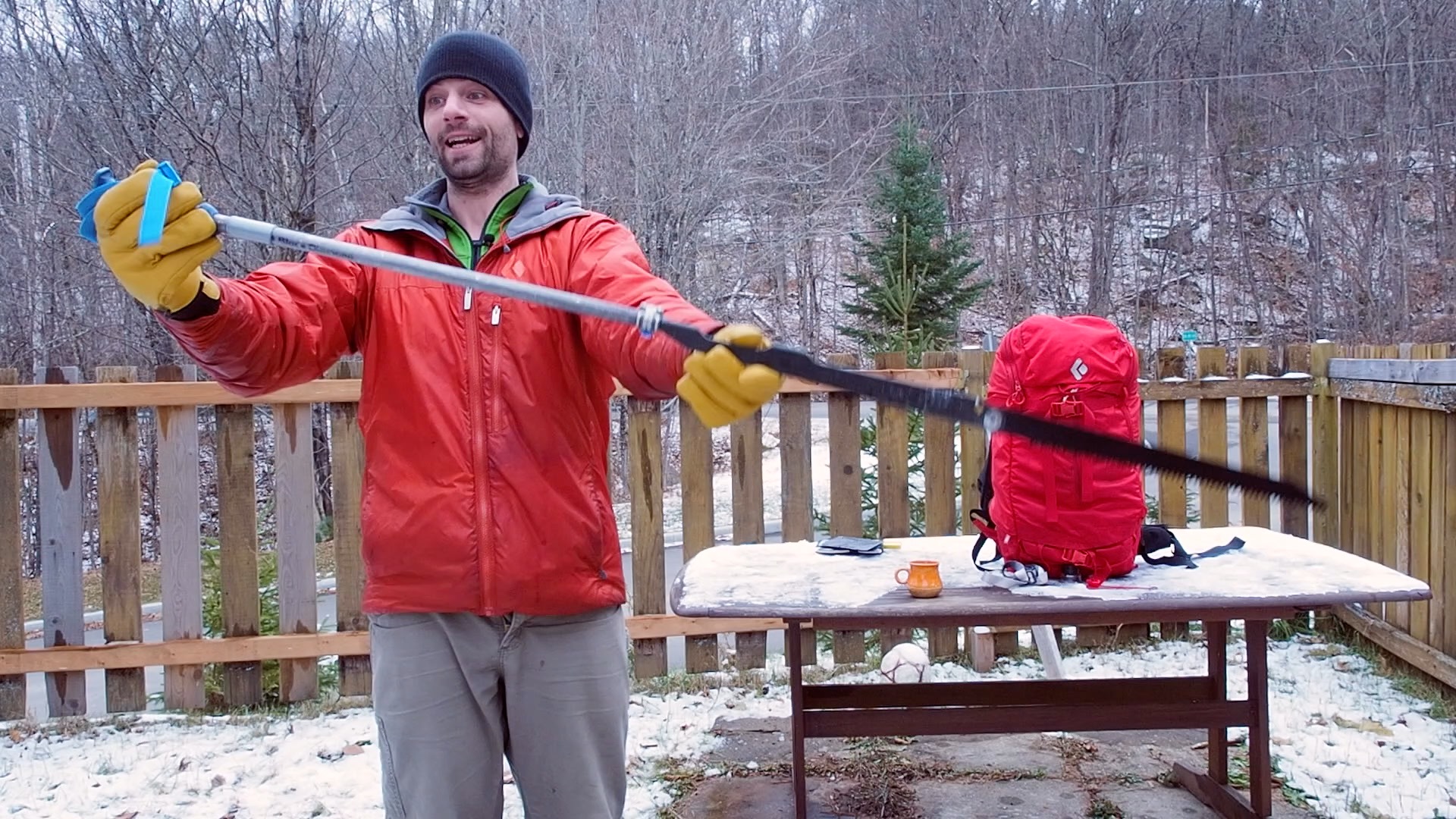
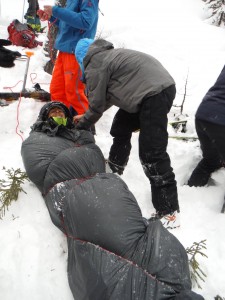

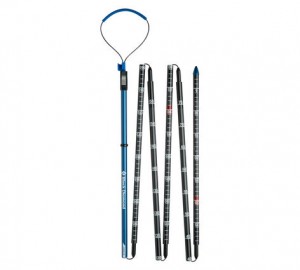

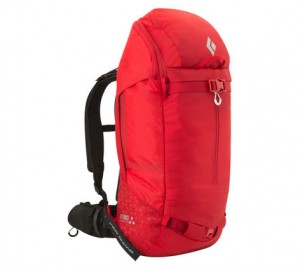
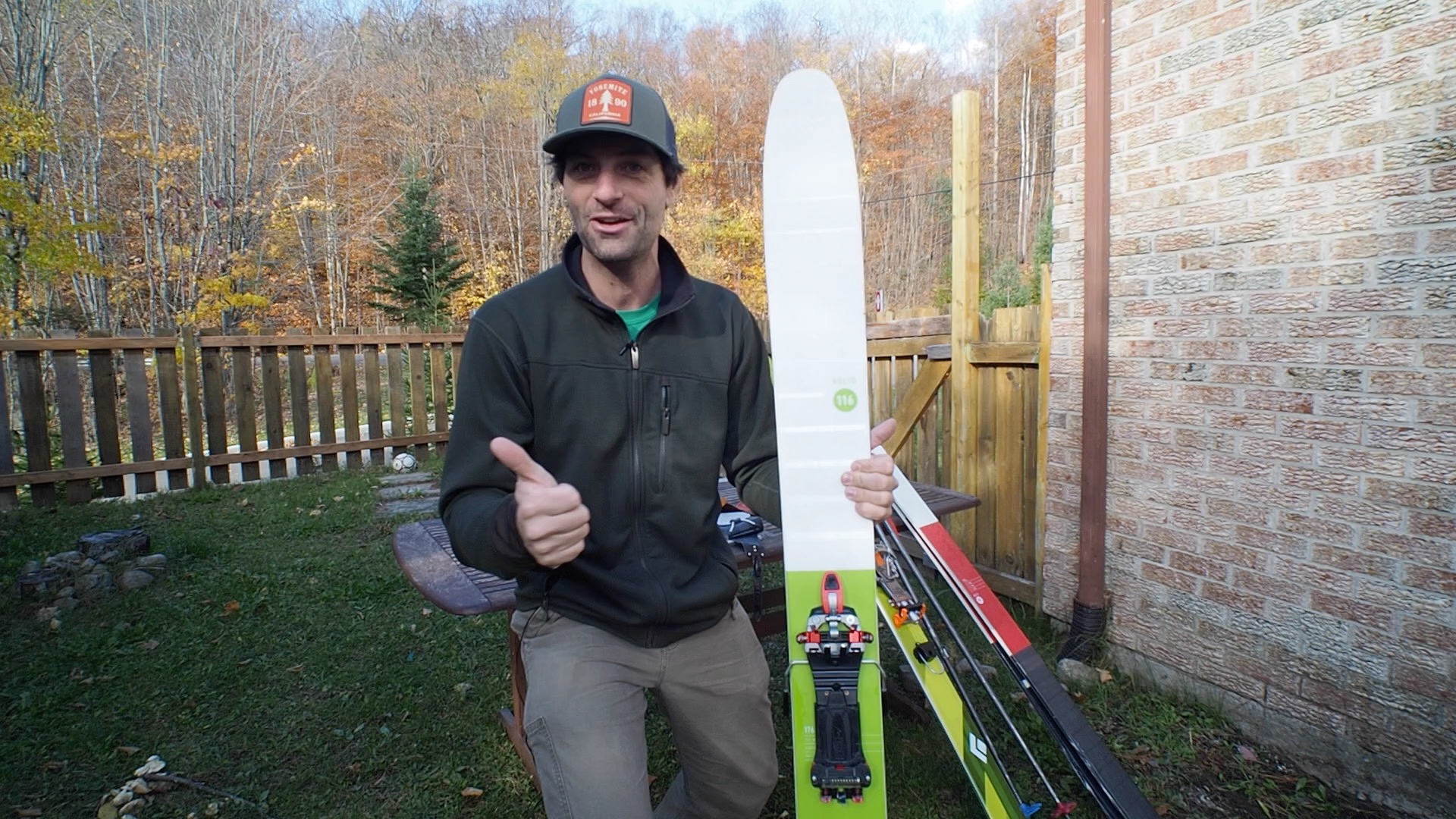
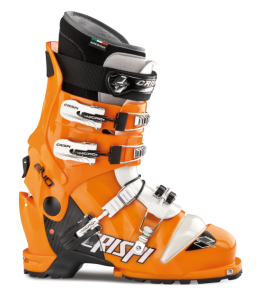


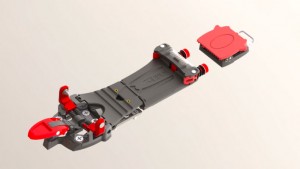


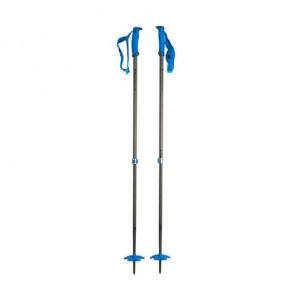

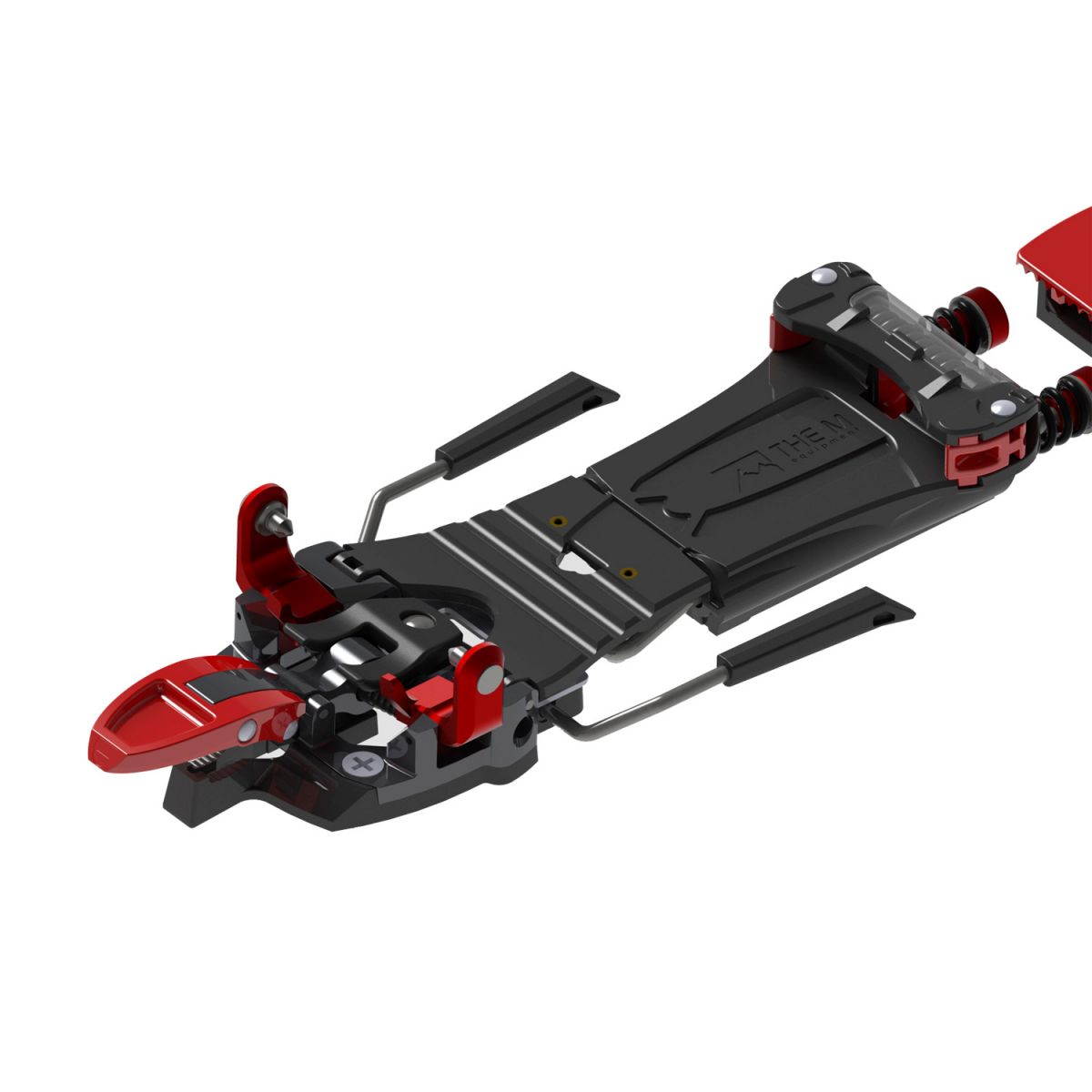
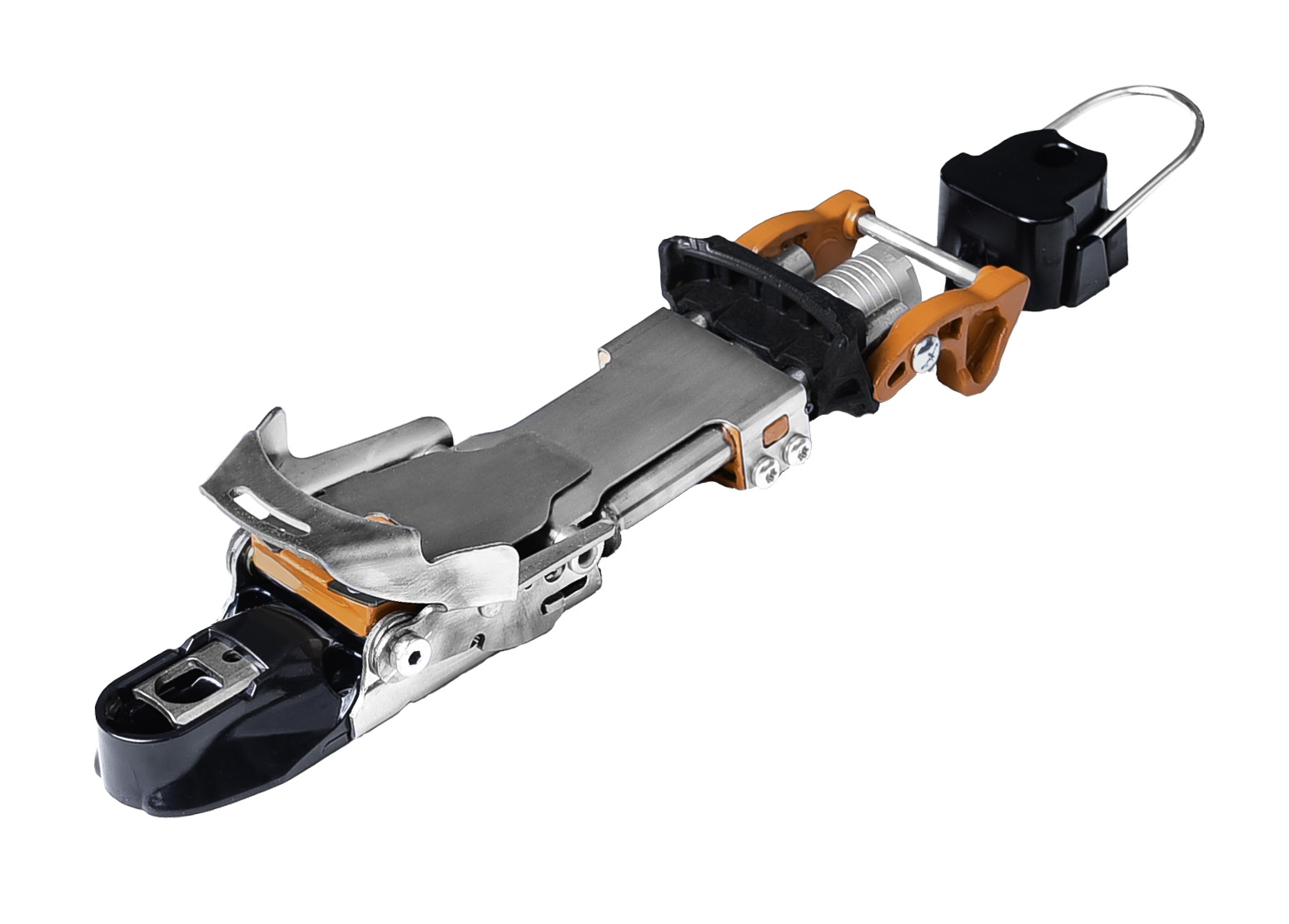

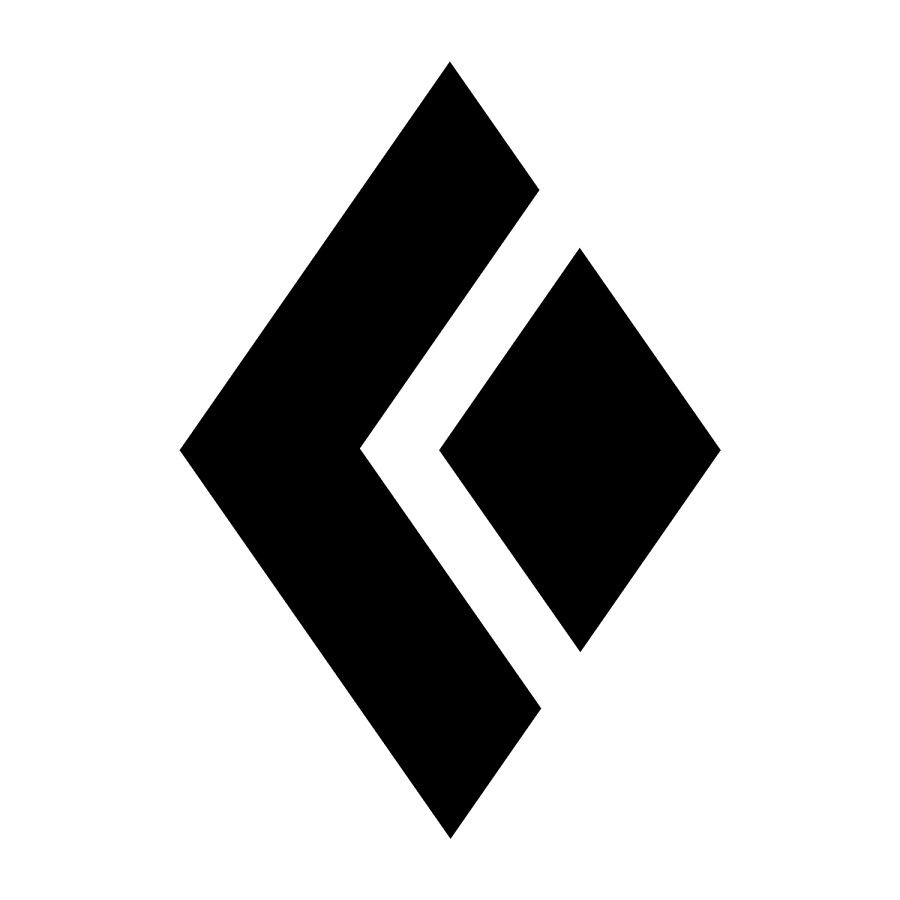

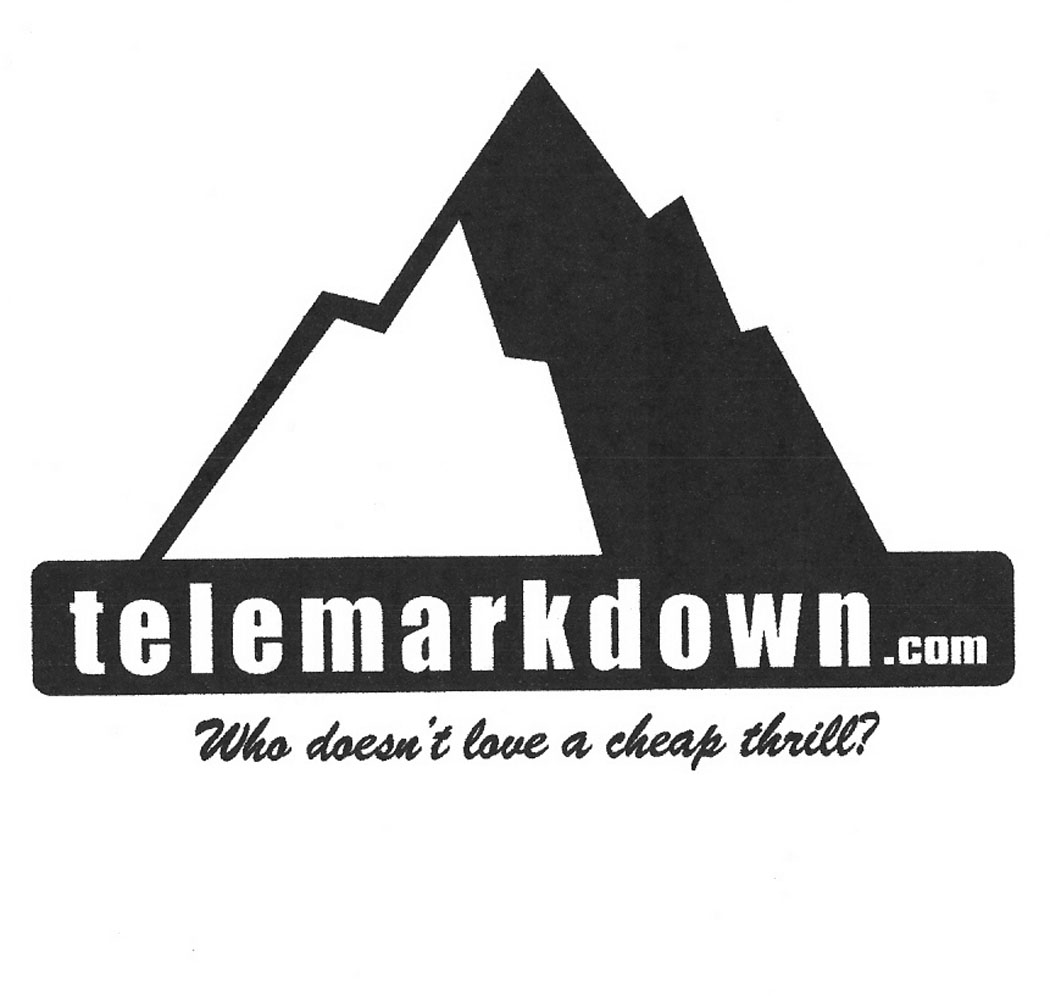

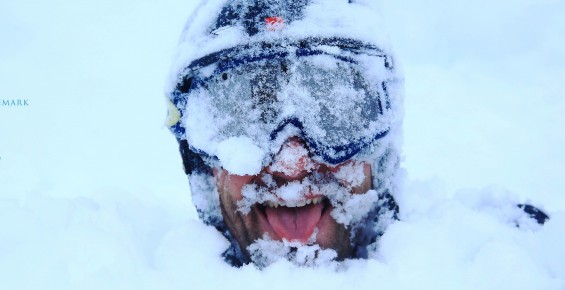
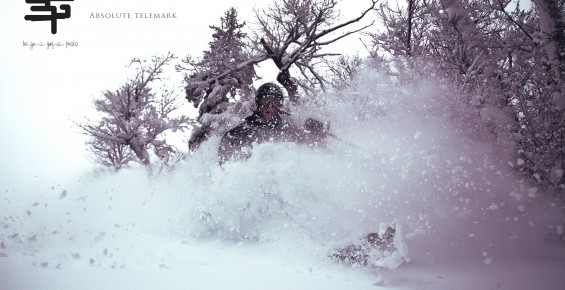

What others think about it